After legendary guitarist Duane Allman died in a motorcycle crash in 1971, the future of the Allman Brothers Band seemed in doubt since its leader was gone. This was the band that fused blues, rock, country, jazz harmony and improvisation into what became the style called Southern rock, as well as a model for jam bands like Phish that would follow. But the ABB regrouped, adding pianist Chuck Leavell and releasing what became the classic album Brothers and Sisters.
Videos by American Songwriter
While most of the band’s original material to that point had been written by Gregg Allman, guitarist Dickey Betts began to contribute more as a writer, with four songs on Brothers and Sisters: “Pony Boy,” “Jessica,” “Southbound,” and the country-flavored single that would become the band’s first and only top five record, “Ramblin’ Man,” which featured Betts singing lead while playing the band’s trademark guitar harmonies with a young guest guitarist named Les Dudek.
In his excellent 2016 book Anatomy of a Song, Marc Myers spoke with Betts about his recollection of how he wrote the tune.
“In 1969, I was playing guitar in several rock bands that toured central Florida,” Betts said. “Whenever I’d have trouble finding a place to stay, my friend Kenny Harwick would let me crash at his garage apartment … One day he asked me how I was doing with my music and said, ‘I bet you’re just tryin’ to make a livin’ and doin’ the best you can.’”
“I liked how that sounded and carried the line around in my head for about three years. Then one day in 1972, I … decided to finish the lyrics. The words came fast, like I was writing a letter. My inspiration was Hank Williams’ ‘Ramblin’ Man,’ from 1951. His song and mine are completely different, but I liked his mournful, minor-chord feel. Except for Kenny’s line, the rest of the lyrics were autobiographical. When I was a kid, my dad was in construction and used to move the family back and forth between central Florida’s east and west coast. I had two sets of friends and spent a lot of time in the back of a Greyhound bus. But the song, as I originally wrote it, had a country flavor and needed to be Allmanized – given that rock-blues feeling. I thought of Eric Clapton’s ‘Layla’ – which had come out a year earlier – with its long jam at the end. I figured something like that might work.” Duane Allman had actually played a major guitar part on that recording with Clapton.
“I knew ‘Ramblin’ Man’ needed a solid intro to grab the listener. My daddy had been a fiddler, and I heard a lot of fiddle music as a child … What I came up with for the intro was a fiddle-like opener built on a pentatonic scale – but with me on guitar and Chuck [Leavell] on piano exchanging lines. Then I had an idea that threw everyone for a loop. For that ‘Layla’-like instrumental part, I asked everyone to play the same line over and over again as I sang, ‘Lord, I was born a ramblin’ man.’ This set up the next part. I wanted to overdub guitars in harmony – two playing high notes and two playing low notes. I planned to overdub a solo over all those guitars stacked together.”
“All of it together had a big, symphonic sound. It was like Benny Goodman’s stuff in the ‘30s. His band was arranged so it would have this big, broad sound, with Benny’s high clarinet weaving in and out. The contrast was exciting.”
Not long after “Ramblin’ Man” was recorded, the band’s bassist, Berry Oakley, also died in a motorcycle crash, at the same age (24), and only blocks away from, where Duane Allman had died barely a year before. Of the band members that recorded that song, only Betts, Leavell and drummer Jaimoe are still living. But the song lives on as a reminder of how the band rose from the ashes and brought together different elements of American music to influence subsequent generations of musicians.


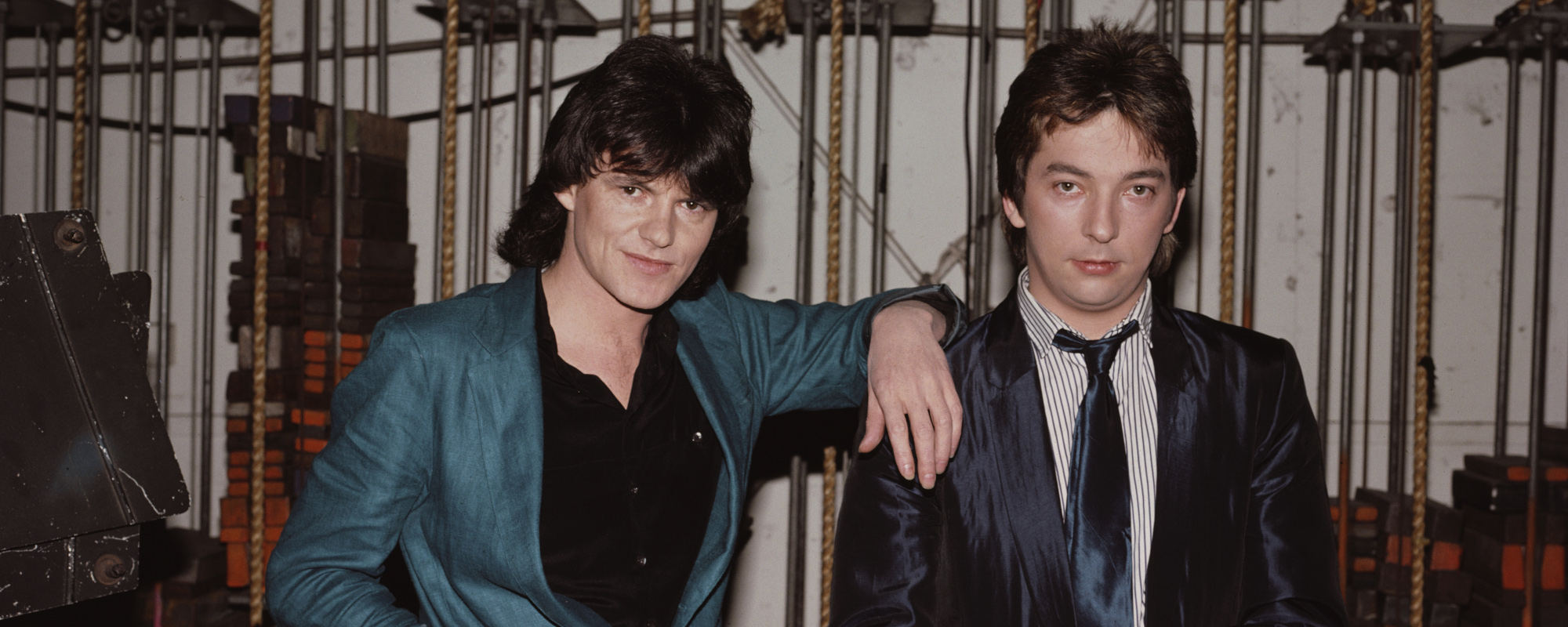
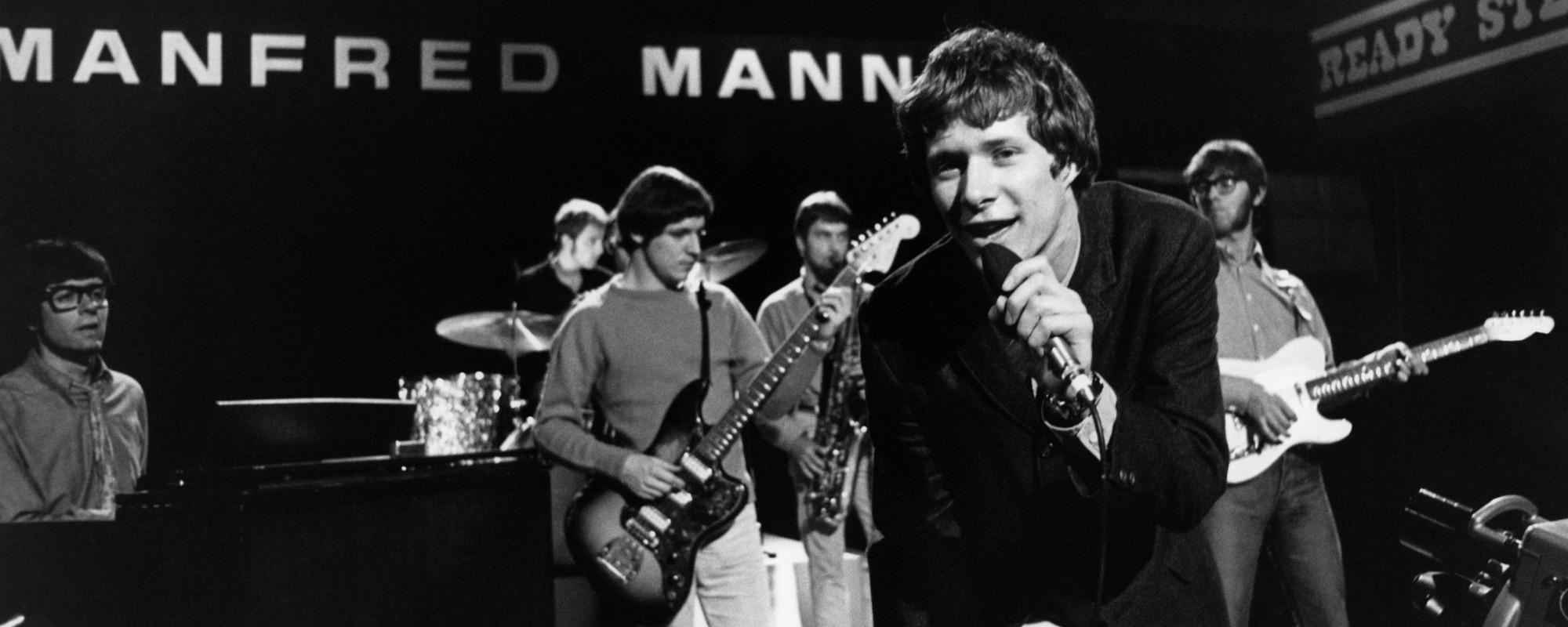
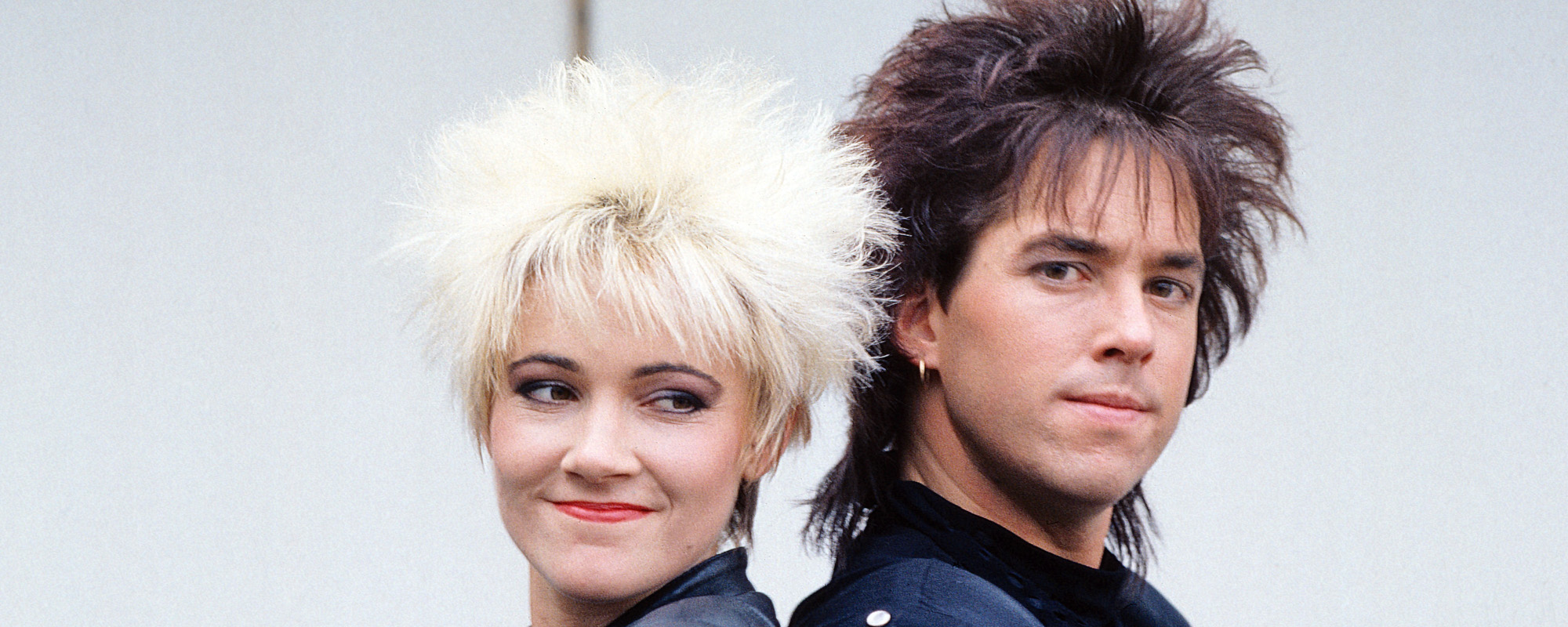
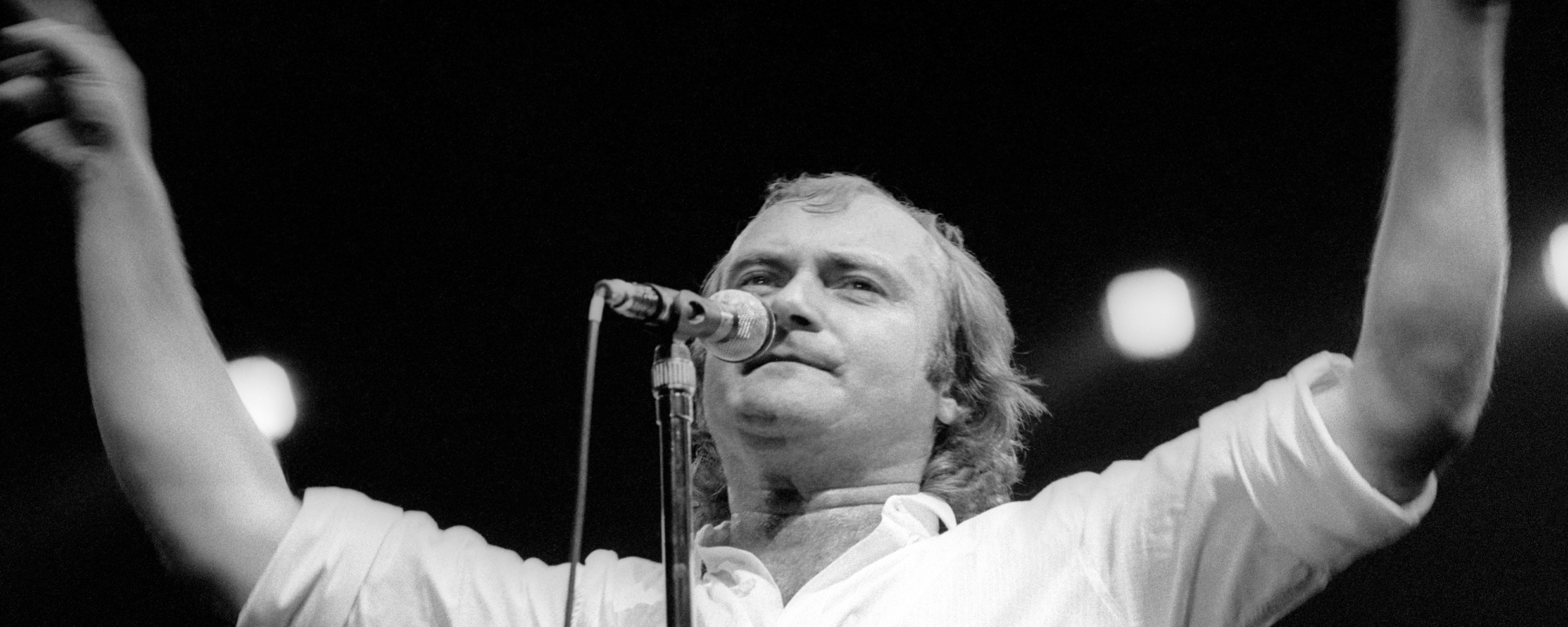
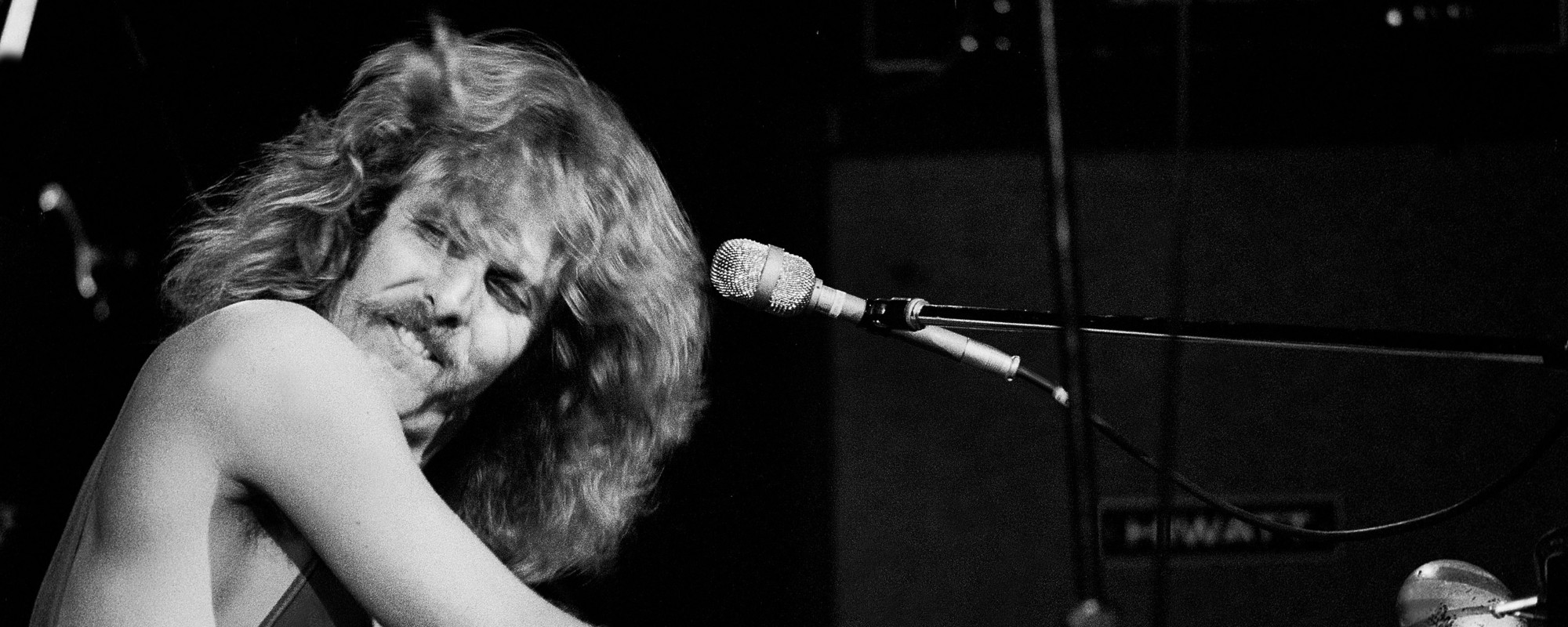


Leave a Reply
Only members can comment. Become a member. Already a member? Log in.